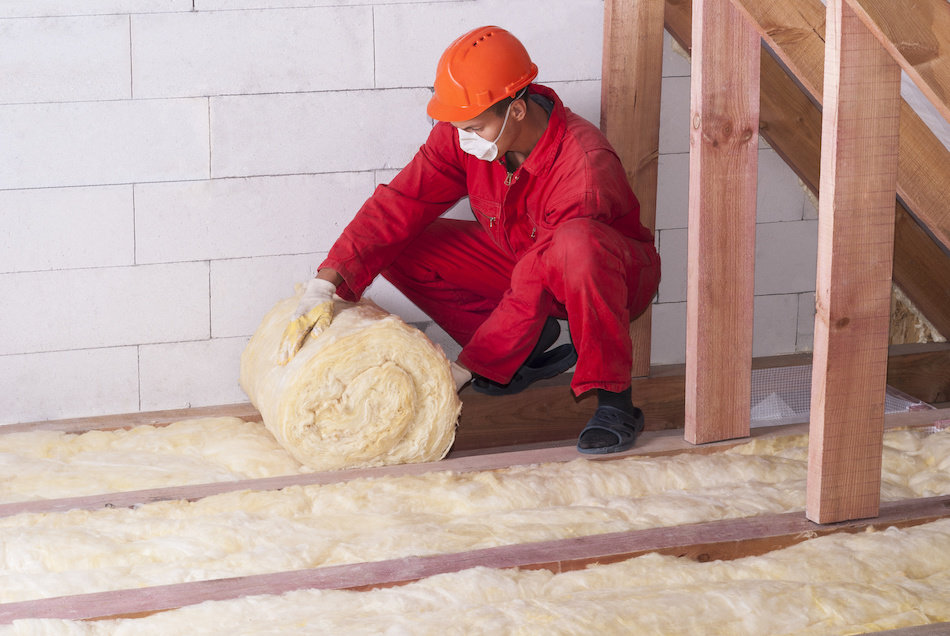Keep Your Home Energy Efficient: Home Insulation Guide
Posted by Justin Havre on Tuesday, May 8th, 2018 at 9:16am.
 Insulation in a home serves to keep warm air in during the cooler weather months and cooler air in during warm weather months. The U.S. Department of Energy estimates that homeowners can save up to 20% on their heating and cooling bills with proper insulation. Not only can insulation make a home more comfortable and save on energy, it can keep HVAC systems from working so hard, often resulting in a longer life for heating and air conditioning equipment.
Insulation in a home serves to keep warm air in during the cooler weather months and cooler air in during warm weather months. The U.S. Department of Energy estimates that homeowners can save up to 20% on their heating and cooling bills with proper insulation. Not only can insulation make a home more comfortable and save on energy, it can keep HVAC systems from working so hard, often resulting in a longer life for heating and air conditioning equipment.
Insulation is one of those home improvements that can pay for itself. How is the effectiveness of insulation determined and what type of insulation is best for a particular home?
The Role of R-Value
R-Value is the thermal resistance rating of a particular type of insulating material. The higher the R-Value, the more effective a material is in preventing heat transfer. Energy Star recommends various levels of insulation for homes based on the climate zones where homes are located.
Types of Insulation
The type of insulation a home in High River may choose will depend on the level of R-Value they wish to achieve and on the particular space the insulation will be applied.
- Rolled Insulation – This is the most common and popular type of insulation used. Often purchased in continuous rolls, it is also available in blankets in at batt panels. Rolled insulation is easy to install in attics and open areas and it generally made of fiberglass.
- Loose Fill Insulation - This type of insulation is made of loose insulating materials that are most often blown into a space like walls or attics. It can conform to just about any space without disturbing a physical structure.
- Sprayed or Foam Insulation - This is a more modern form of insulation that can get into even the smallest of areas like electrical boxes around windows cavities. It often is applied wet using compressed air and dries in the open air.
- Rigid Insulation - Rigid insulation comes in large panels and can be cut to size. It is used most often on the frame of a home from the roof line to the basement. Styrofoam is a common form of this type of insulation.
- Reflective Insulation - This type of insulation reflects heat away and is frequently used on top surface to prevent the downward flow of heat.
- Radiant Barrier – Popular is hot, sunny regions this insulation is efficient at keeping homes cooler.
Costs of Insulation
When estimating the cost of insulating a house, homeowners will need to determine:
- The desired R-Value
- Cost of insulating materials
- Cost of installation
Some insulating materials, like rolled insulation in an attic, can be installed as a DIY project relatively easily. It takes no special tools or skills. If one is blowing insulation into an attic, crawl space or sidewalls, a blower will be required but often can be rented where insulating materials are sold. In some cases, homeowners may decide having insulation professionally installed.
Upgrading the R-Value in your home can improve its value, save on energy cost and serves to make a home more “green”. The higher the current energy costs, the more money that can be saved. While many are looking toward technology and "smart" devices to save on home energy costs, the answer may be more low tech and decidedly simple. The answer may be improving the insulation.
